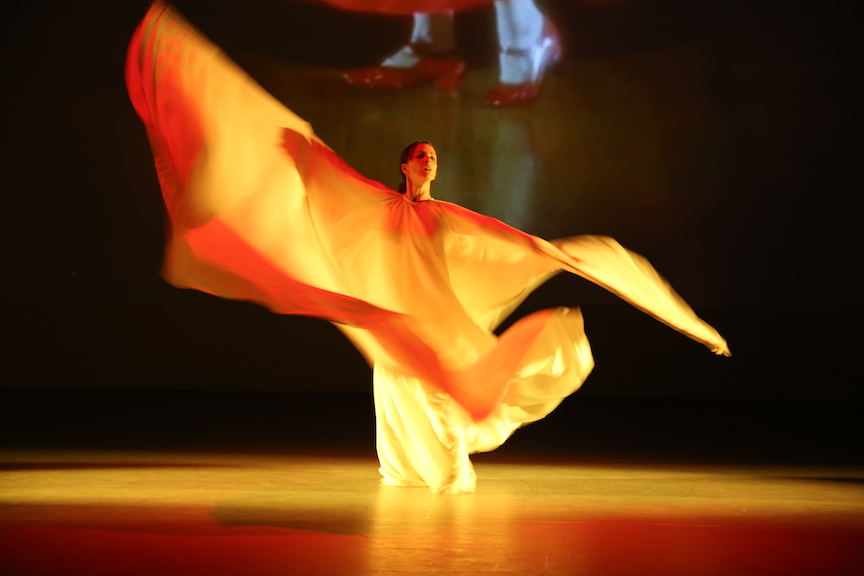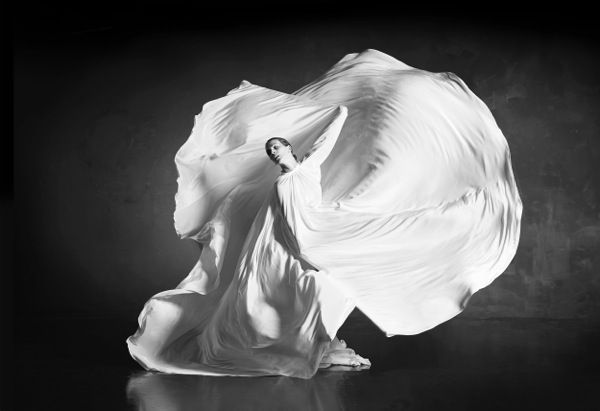rhoadley.net music research software blogs
vimeo youtube gallery
five pieces sextet through the sharp hawthorn only connect in principio miscellaneous concertino three pieces for two pianos four archetypes petrochemicals copenhagen ambience hello histrionica telephony many worlds 127 haiku 128 haiku triggered touching sound 127 messages
calder's violin fluxus fluxus tree player piano three streams quantum canticorum december variations december mobile semaphore piano glyphs how to play the piano choreograms edge violations homage unthinking not songs graffiti
devices: gaggle gagglina wired threads glyphs metapiano digiphone
NB All material on this site is © Richard Hoadley (and others), 1980-2023
Semaphore (2014)
a cross-domain, multi-modal, experimental entertainment
by Richard Hoadley, Phil Terry, Jane Turner
performance: (2016) Semaphore/Selfies, a music-text-dance piece Music and programming Richard Hoadley amongst others, dance Jane Turner, text Phil Terry, videography Ian Willcock Early Dance Circle Bienniel Conference, Friday 8th April 2016, High Wycombe performance: (2015) Semaphore/Selfies, a music-text-dance piece Music and programming Richard Hoadley amongst others, dance Jane Turner, text Phil Terry, videography Ian Willcock Cambridge Festival of Ideas, Saturday October 2015, Anglia Ruskin University workshop and performance experiments including improvisation Music and Programming - Richard Hoadley; dance - Jane Turner; text - Philip Terry The Boiler House, London Metropolitan, Thursday October 15th 2015 performed by Gwen Jones and Ann Pidcock (dance); Jimmy Ottley ('cello); Darius Gray (clarinet) Cardiff M.A.D.E., Thursday 9th July 2015, 7:30pm performed by Gwen Jones and Ann Pidcock (dance); Cheryl Frances-Hoad ('cello); Gareth Stuart (clarinet) Mumford Theatre, Cambridge, Friday 17th April 2015, 1:10pm performed by Gwen Jones and Ann Pidcock (dance); Cheryl Frances-Hoad ('cello); Ian Mitchell (clarinet) Drawing Towards Sound, TV Studio, University of Greenwich, Friday 20th March 2015, 6pm performed by Gwen Jones and Ann Pidcock (dance); Cheryl Frances-Hoad ('cello); Kate Romano (clarinet) Cambridge Festival of Ideas, Covent Garden Theatre, Cambridge, Sunday 26 October 2014 8pm
Semaphore, October 2014, performance 1, v2 from Richard Hoadley on Vimeo.
Comments from audience members:
- "I really enjoyed the performance... it was interesting to watch the dancers 'create' the music."
- "I came because of a fondness for dance but ... there is so much to take in here that it was useful to have to have two performances of the piece... Another couple of renditions would have permitted me to take in fully the choreography, the score, the text and the interaction of all the elements."
- "It was beautiful"
- "Really engaging and interesting... Performance was captivating"
- "it was great, and I wish more events had a discussion and then second performance format, that worked well"
- "Brilliant!"
- An interesting edit of the day's rehearsals and performances shot and edited by Krisztian Hofstadter.
'Semaphore' works between dance, music and text. It is a collaboration between the choreographer Jane Turner, the poet and writer Philip Terry and the musician, composer and technologist Richard Hoadley.
Universities' Week Demonstration
Semaphore, June 2014, at Universities Week Natural History Museum, London from Richard Hoadley on Vimeo.
The primary focus is on live processes, data from the dancers' movements are used to trigger and modulate text, audio and music notation. This is in turn performed and in some cases fed back to the dancers whose movements are then influenced by the music and text, and so on. Ideally, there is a balance between gesture, whether based on movement, music or text and the resulting translation that is not too trivial but is also not so remote that the origin and its result do not feel connected at all.

Steve Mithen's Prehistory of the Mind suggests that it is natural for the human imagination to think creatively across domains: people can choose to imagine music that accompanies actions, although how this happens is not understood technically. There is evidence that cross-domain thinking is at the heart of creative activity; this practice-based research investigates this hypothesis.
There has been significant research into efficacious methods of mapping one circumstance onto another, and more recently, the idea of mapping and its aesthetic value itself has itself become the focus of investigation.
Increasingly, as a result, researchers and performers have been investigating the counter-intuitive idea of more less predictable forms of mapping (a reaction to the phenomenon of 'mickey mousing'), where neither performer nor coder/composer are aware of the full repercussions of their behaviours. The effect of certain actions on the predictability and purpose of systems and structures of performance, including the performers' intentionality and virtuosity, is fundamental to this research.
The complexity of these investigations can make it seem as though research into any further attempted integration of expressive domains should pause until we are clearer about the current situation. This assumes, though, that the idea of static mapping structures for each new interface, perhaps imitating acoustic musical instruments, is a feasible, practical and aesthetically desirable goal. Composers, performers and researchers are now investigating 'composable environments' where the aesthetic goal is the production of rewarding, stimulating and challenging compositions and environments rather than tool-like new interfaces.
This project also presents practice-led research implementing and investigating these ideas and issues. It charts the development of live work in dance/movement, music/audio and music notation and in addition considers the challenges arising from the semantic structures inherent in text.
